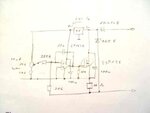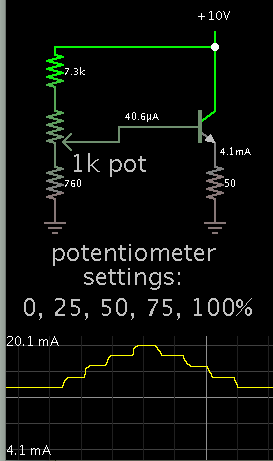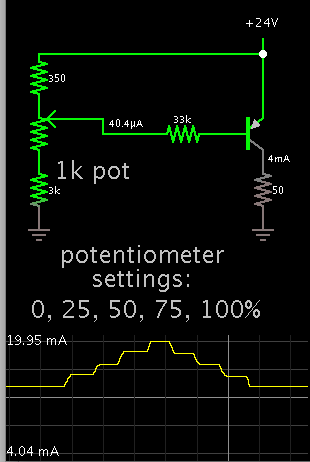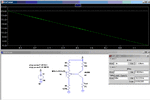ss_engg
Member level 5

- Joined
- Mar 9, 2011
- Messages
- 81
- Helped
- 1
- Reputation
- 2
- Reaction score
- 1
- Trophy points
- 1,288
- Location
- Pakistan
- Activity points
- 1,854
Hi,
I would like to design a circuit that give me 4-20mA current using variable resistance.
There are following requirments:
0% resistance 20mA
25% resistance 16mA
50% resistance 12mA
75% resistance 8mA
100% resistance 4mA
kindly help me out to design this circuit
Thankyou
I would like to design a circuit that give me 4-20mA current using variable resistance.
There are following requirments:
0% resistance 20mA
25% resistance 16mA
50% resistance 12mA
75% resistance 8mA
100% resistance 4mA
kindly help me out to design this circuit
Thankyou
Last edited by a moderator:






